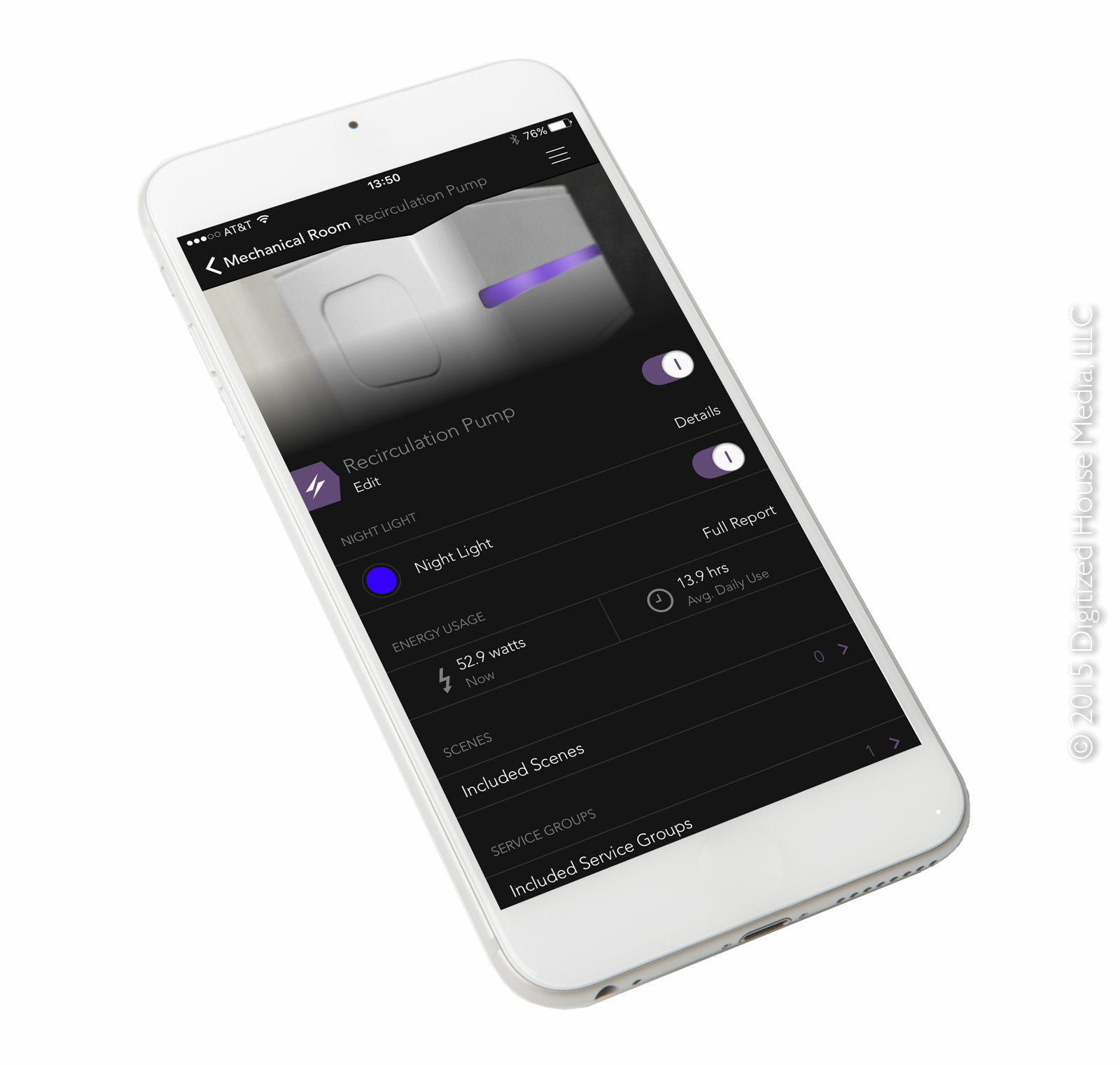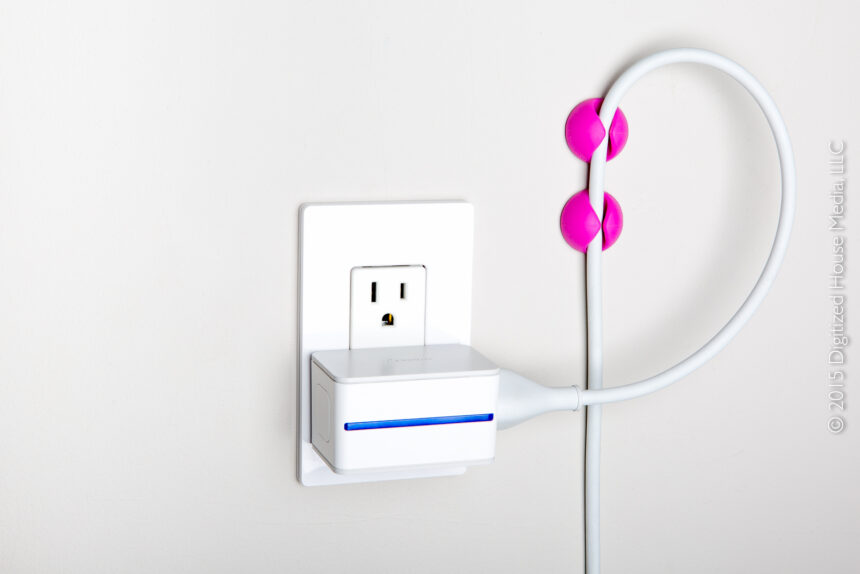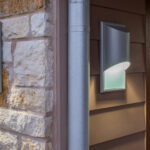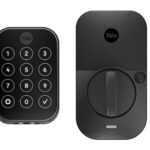Apple announced HomeKit, their answer for the connected smart home, in June 2014 at their Worldwide Developers Conference (WWDC). Implementation details were unclear then as Apple built its case for the HomeKit code base with developers, but as products are arriving on the market today from third parties the picture is coming into sharper focus.
In much the same way that Google’s Nest Labs has been putting its resources behind the mesh-networked Thread protocol, Apple is going all-in with the similarly mesh-networked HomeKit, relying on existing BlueTooth and WiFi connectivity and the “Works with Apple HomeKit” certification program for third-party products. In Apple’s case, that of course includes tight integration with iOS on the iPhone, iPad, and iPod Touch, and enables controlling HomeKit components with the Siri digital assistant. Android devices are not currently supported.

For our initial exposure to HomeKit, we purchased the iDevices Switch off the shelf at a local Home Depot store for $49.99 and installed it in the Digitized House Zero Net Energy Living Lab home. The Switch is among the most basic of smart-home components, in that it simply controls—through a HomeKit app or Siri commands—a single device plugged into its electrical port.
In that sense, the Switch functions much like the Belkin WeMo Insight switch, which is managed through the Belkin WeMo app. We find these types of smart switches quite valuable in the Zero Net Energy Living Lab home, as they are instrumental in helping us conserve energy on various devices, as every watt saved counts positively toward our near-zero net energy goals.
Installation of the Switch was straightforward, with the prerequisite of having to download the iDevices Connected app from the App Store. After we launched the app, it alerted us that we had to enable iCloud Keychain security on our iPhone 6 Plus: This layer of security is mandated by the Apple HomeKit code stack itself, and will be a requirement throughout the HomeKit environment.
Once we gave our home a unique name (HomeKit enables the configuration of multiple homes through compatible apps), we plugged the iDevices Switch into a standard wall receptacle and after a few seconds it had connected to our WiFi network and appeared in the Connected app. As we planned to control our home’s hot water recirculation pump with the Switch, we gave it a name of Recirculation Pump and after about 30 seconds the component was configured and ready to use. We then simply plugged our Taco recirculation pump into the power port on the Switch.

The Switch and its connected device can be controlled through the Connected app by simply moving a slider back and forth, an action that emits a nicely audible “click” at the Switch hardware. Again in a fashion similar to the WeMo app, the iDevices Connected app for the Switch shows the current energy usage of the connected device when it’s activated—52.9 watts in the case of our recirculation pump. The app also tracks energy usage over time.
Within a given HomeKit home configuration, each device must be given unique name as that same phrase will be used in Siri commands. We were delighted to discover that no additional configuration was necessary outside of the iDevices app to control the device with Siri. Using voice commands, then, to control our pump was as simple as launching Siri and speaking the command: “Turn on the Recirculation Pump” or “Turn off the Recirculation Pump.” Siri processed the commands instantly and reliably.
While we will reserve judgement on the overall HomeKit ecosystem until we can integrate and test a much broader array of products in the Digitized House Zero Net Energy Living Lab home, our initial experiences with installing and using the iDevices Switch were positive. We have yet to test remotely managing devices though the Connected app (a feature currently implemented as beta) or tried to share the HomeKit configuration with other users or devices. Look for much more from us as we continue to integrate, test, and live with this new and evolving ecosystem in our home.






